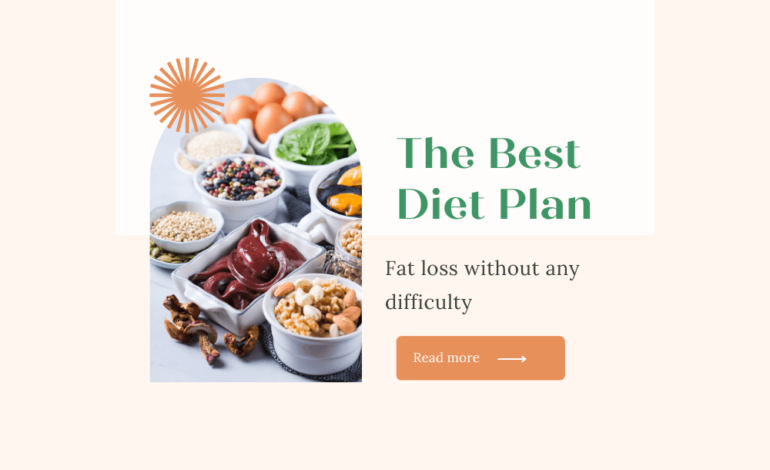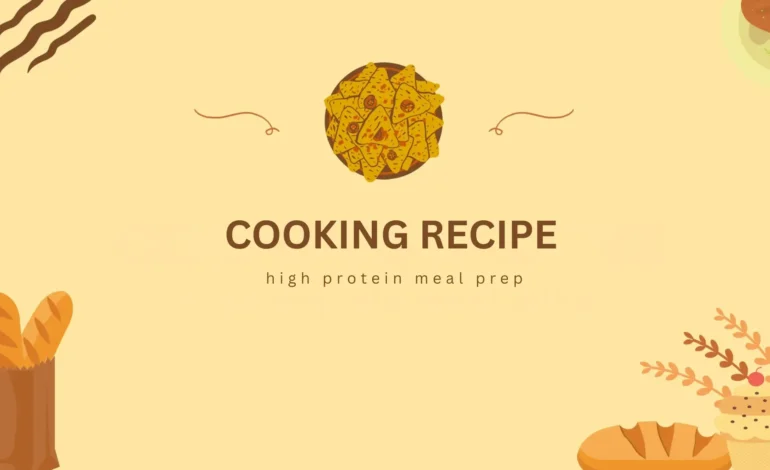7 Days The Best Diet Plan on Zepbound
Introduction If you’ve been wondering about how to lose weight instantly without any side effects, and you can’t reduce your eating habits, then Zepbound is the best option for you. The best diet plan on Zepbound(tirzepatide) will guide you on how to eat for optimal results, what to avoid, and the possible side effects you should be aware of. Zepbound is a prescription medication recently approved for weight management. It is quickly becoming a popular choice for individuals seeking long-term and instant results. While the drug effectively reduces appetite and helps regulate blood sugar, pairing it with the right diet is crucial. Zepbound is a class of drug known as a dual glucose-dependent insulinotropic polypeptide (GIP) and glucagon-like peptide-1 (GLP-1) receptor agonist. FDA approves it. GLP-1 RA works by reducing our appetite, increasing satiety and delaying the gastric emptying. Zepbound activates the hormones GIP and GLP-1, which control the movement of food throughout the gut, hence you feel a feeling of fullness. GLP-1RA reduce the caloric intake by 35 to 45%. Which means it reduces the macro and micro nutrient intake also. For active weight loss, meeting protein intake according to the RDA is important. Why Diet Matters with Zepbound By using Zepbound medication, people lose weight instantly. So preserving lean muscle mass is challenging for patients. Preserving lean mass is important because it’s metabolically active. It also supports muscle and bone health. Long-term weight loss success depends on energy expenditure. So, a high-protein meal plan helps to reduce adipose tissue and weight loss. High-protein meals increase energy expenditure, hence they feel satiety. According to RDA, the protein requirement is 0.8 grams of protein for each kilogram of body weight. A balanced diet ensures: What Is the Best Diet Plan on Zepbound? The best diet plan on Zepbound/Mounjaro focuses on nutrient-dense foods in moderate portions. Scientifically formulated meal replacement is the best option. It included low-calorie, nutrient-fortified products like shakes, bars, or soups that replace one or more regular meals. MRs are easy to digest and a nutritionally healthy option. Because liquids pass out easily and reduce the side effects of GLP-1(e.g nausea, vomiting). Core Principles of the Best Diet Plan on Zepbound 1. Prioritise Lean Protein Protein should be the foundation of every meal. It keeps you full longer and prevents muscle loss during weight reduction. It should be at least 10% to 35% of your daily caloric intake. 2. Eat More Fibre Fibre promotes digestive health. Also, fibre improves gut motility, so it reduces constipation. which some Zepbound users may experience. 3. Choose Healthy Fats Fat supports hormone health and can help keep you satisfied. 4. Include Whole Grains & Slow-Digesting Carbs Carbohydrates aren’t the enemy, but refined ones should be avoided. Choose complex carbs to stabilise blood sugar. 5. Stay Hydrated Dehydration is a common side effect of appetite-suppressing drugs. Aim for 8–10 glasses of water daily. Foods to Avoid on Zepbound While no food is completely “off-limits,” certain foods can worsen side effects or slow progress: Possible Side Effects of Zepbound and the Role of Diet Like most weight loss medications, Zepbound can come with side effects. But this is the best diet plan on Zepbound to overcome these side effects. 1. Nausea and Indigestion 2. Constipation 3. Low Energy or Fatigue 4. Nutrient Deficiencies 5. Bloating or Gas Sample for the Best Diet Plan on Zepbound This is a meal plan of about ( 1200-1300kcal), which includes high protein, high fibre, low fat(added healthy fats), and moderate carbs. Here is the 7-day meal plan on Zepbound. Day-1 Day-2 Day-3 Day-4 Day-5 Day-6 Day-7 Tips for Success on the Best Diet on Zepbound FAQs Can I eat carbs on Zepbound? Yes, but stick to complex carbs like oats, sweet potatoes, and quinoa for steady energy. Do I need to avoid fat while on Zepbound? No, healthy fats are essential. Just avoid excessive fried or greasy foods that can worsen nausea. How much does Zepbound cost? Its cost depends on dose and drug insurance plan, but the average cost is 1,086.37 dollars per fill. Can I skip meals since Zepbound suppresses appetite? It’s better not to skip meals completely. Even if portions are small, your body still needs nutrients. Is Zepbound the same as Ozempic? No, Zepbound is for weight loss, and Ozempic is for diabetic patients. Conclusion It is important to know the best diet plan on Zepbound if you want to get better results. Zepbound is one of those medications which are approved by the FDA. So it is highly recommended for those who can’t lose weight by controlling their eating pattern. Since the medication reduces appetite, every bite should provide value — from lean protein and high-fibre vegetables to healthy fats and whole grains. By adjusting your diet to minimise nausea, constipation, or fatigue, you can maximise Zepbound’s benefits.
Read More






